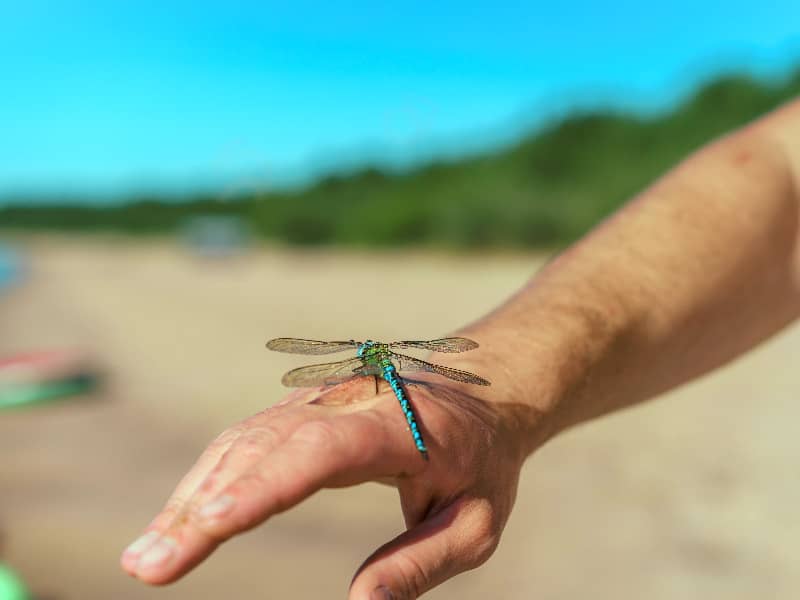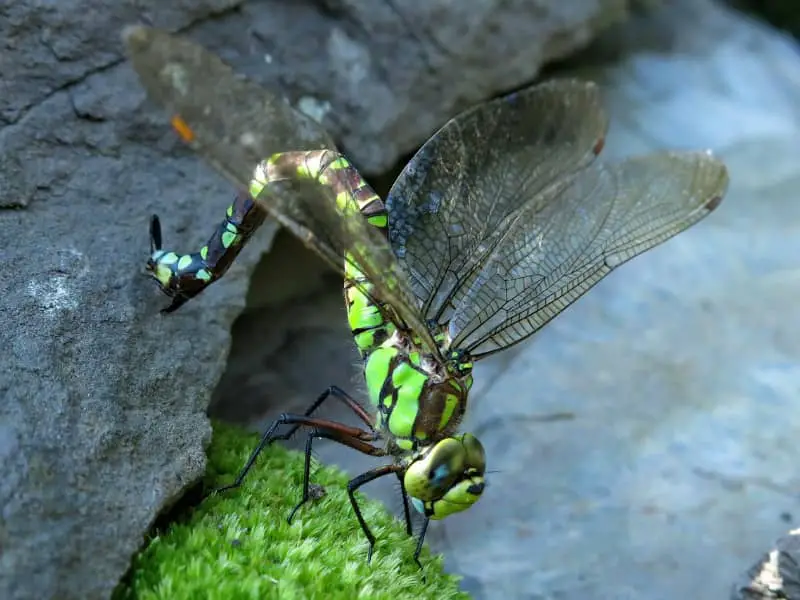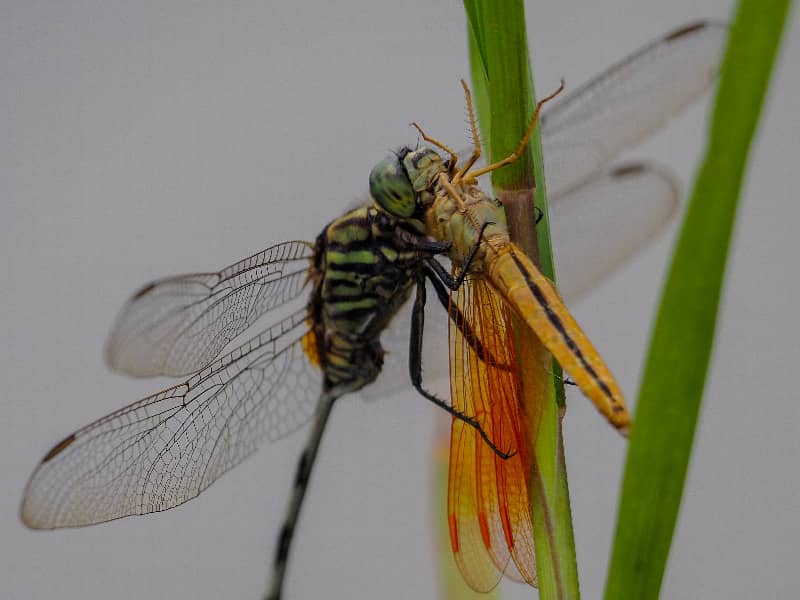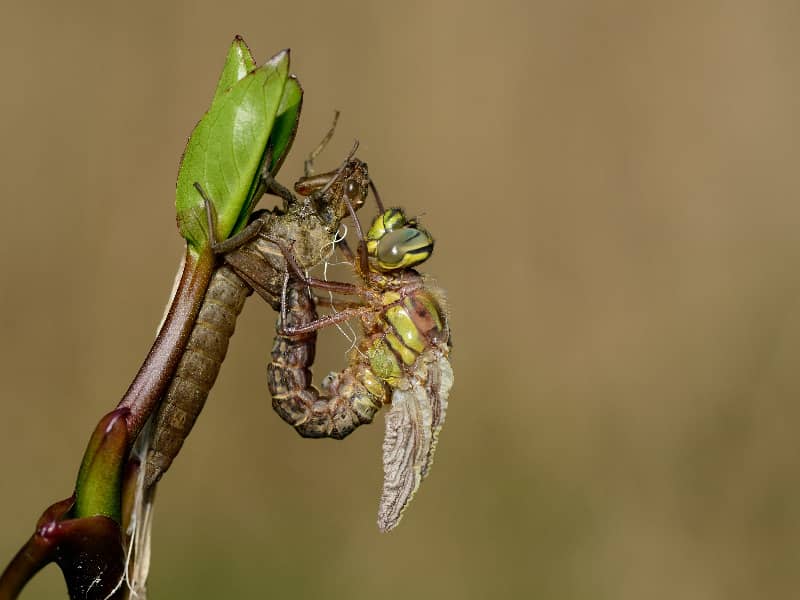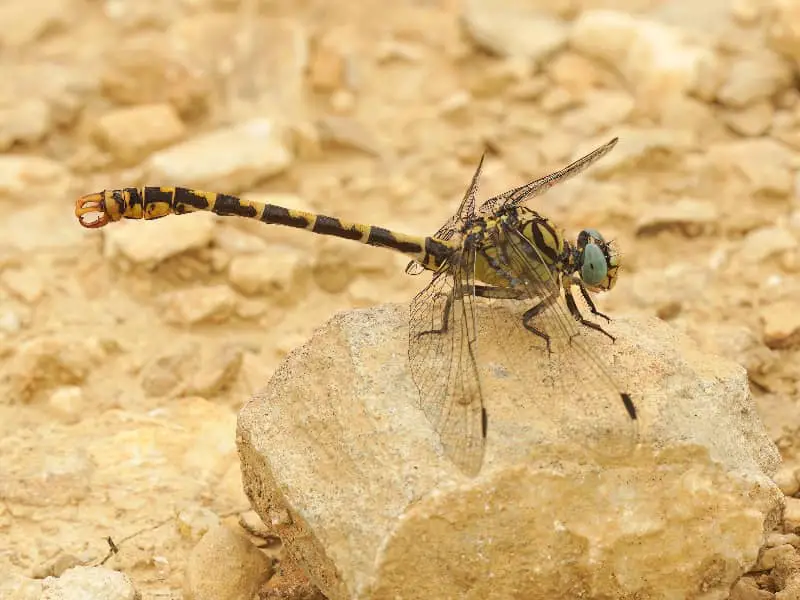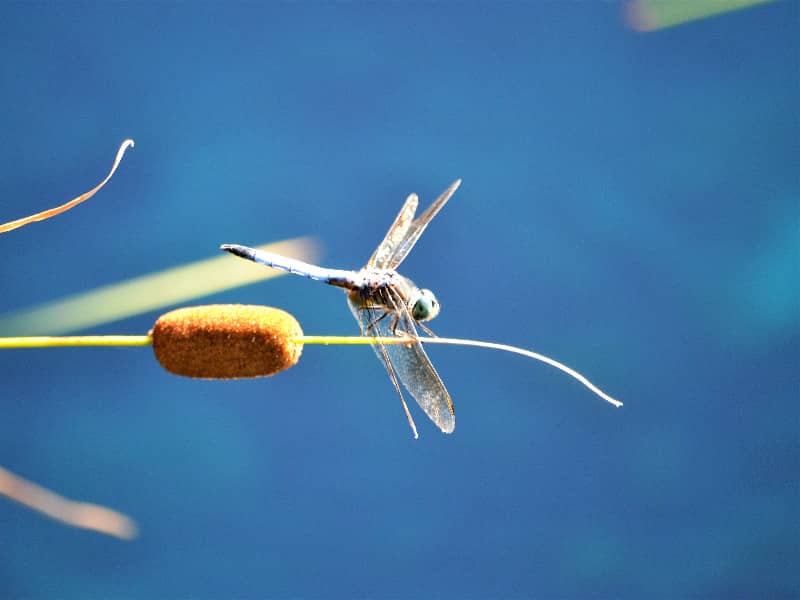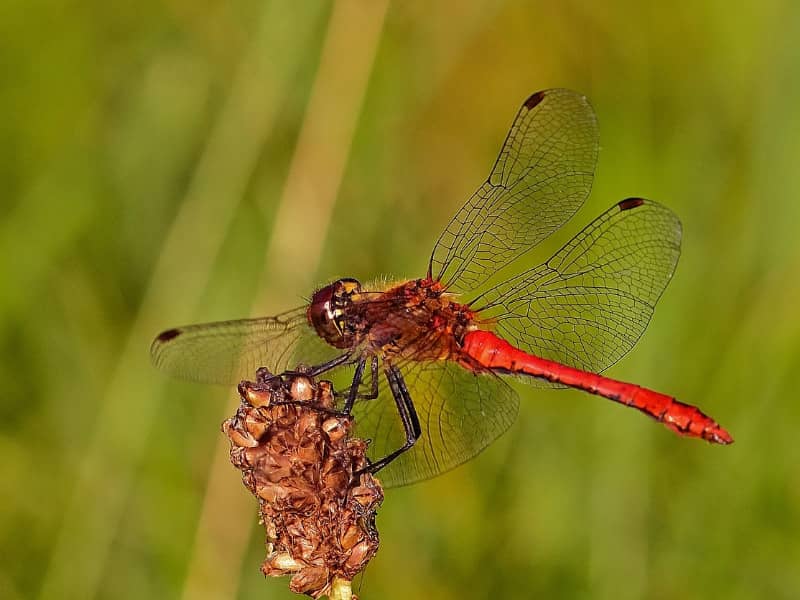
Blood Red Darter
The blood red darter, also known as Sympetrum sanguineum, is a stunning dragonfly species native to Europe. With its striking red coloration and elegant flight, it is a real eye-catcher. In this article we will take a closer look at the physical characteristics, habitat, behavior and life cycle of this fascinating dragonfly. We will also discover interesting facts about the blood red damselfly and learn how to attract them to your own garden.
- Blood Red Darter
- Physical characteristics of the blood red darter
- Habitat and distribution of the blood red damselfly
- Life cycle and behavior of the blood red damselfly
- Protection status of the blood red darter
- Interesting facts about the blood red damselfly
- How to recognize and identify the blood red darter
- Tips to attract the blood red darter to your garden
- The blood red darter in folklore and symbolism
- Conclusion
- FAQ
Physical characteristics of the blood red darter
The blood red darter is a medium-sized dragonfly with a body length of about four to five centimeters. The males have a striking blood red coloration on their abdomen, while the females have a slightly paler color. Both sexes have transparent wings with a characteristic black spot in the center. The dragonflies also have large, conspicuous eyes that give them excellent eyesight.
Habitat and distribution of the blood red damselfly
The blood red darter is primarily distributed in Europe and occurs in a variety of habitats, including marshes, ponds, rivers and bogs. It prefers waters with standing or slow-moving water where there is sufficient plant life for it to rest and hunt. Dragonflies are usually seen during the summer months when temperatures are pleasantly warm.
Life cycle and behavior of the blood red damselfly
The blood red damselfly goes through a fascinating life cycle consisting of eggs, larvae, pupae and adult dragonflies. The females lay their eggs in the shallow water of ponds or marshes. The larvae live in the water and feed on small insects and other aquatic organisms. After a developmental period of several weeks, the larvae crawl out of the water and transform into a pupa. Finally, the adult dragonflies hatch and fly out into the world.
The blood red darter is known for its aggressive behavior during the mating season. The males often fight for the attention of the females and defend their territory against other males. Mating occurs in the air, and the female subsequently lays her eggs in the water. Dragonflies are skilled hunters and feed on mosquitoes, flies and other small insects.
Protection status of the blood red darter
The blood red darter is endangered in some regions, especially due to habitat loss caused by wetland drainage and destruction of natural water bodies. In some countries, it is protected and measures are being taken to preserve its habitat. It is important to protect the blood red darter because it is an important part of the ecosystem and contributes to the pollination of plants.
Interesting facts about the blood red damselfly
- The blood red darter can fly up to 50 kilometers per hour.
- It can move its wings independently, which allows it to fly tight turns.
- Dragonflies have a life expectancy of about one year.
How to recognize and identify the blood red darter
The blood red darter is relatively easy to recognize due to its striking red coloration. The males have a completely red abdomen, while the females have a paler color. The dragonfly's wings are transparent and have a black spot in the center. The large eyes of the blood red damselfly are another feature that distinguishes it from other dragonfly species.
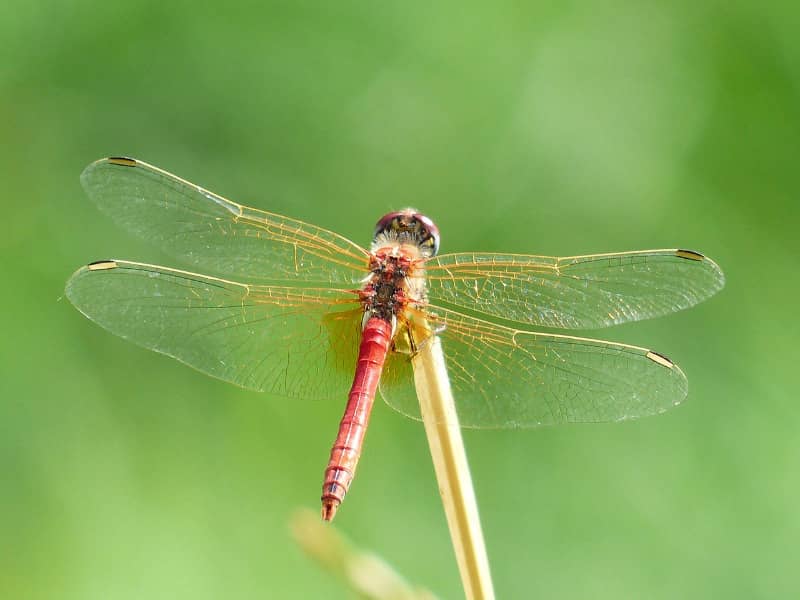
Tips to attract the blood red darter to your garden
If you want to attract the blood red damselfly to your garden, there are a few steps you can take. Make sure you have a pond or other standing body of water in your yard that can serve as a habitat for the dragonflies. Also plant aquatic plants such as reeds or water lilies that will provide a suitable landing and resting area for dragonflies. Avoid using pesticides, as they can harm dragonflies and other insects.
The blood red darter in folklore and symbolism
In some cultures, the blood red darter is associated with various symbols and meanings. In folk medicine it was used as a remedy for various ailments. In mythology, the dragonfly was often associated with change and transformation. It was also considered a symbol of passion and strength. The blood red dragonfly has a rich cultural significance and remains a fascinating insect to this day.
Conclusion
The blood red darter is a dragonfly species that delights with its striking red coloration and elegant flight. Its habitat and distribution are closely linked to wetlands and water bodies that need to be protected. By taking steps to preserve and protect its habitat, we can ensure that the blood-red darter will continue to enrich our gardens and landscapes in the future.
FAQ
Question: How long is the life cycle of the blood red darter?
Answer: The life cycle of the blood red darter usually lasts about a year, with the larval phase taking up most of the time.
Question: Where does the blood red darter occur?
Answer: The blood red darter is widespread in Europe and is found in various habitats such as marshes, ponds and rivers.
Question: How can I attract the blood red darter to my garden?
Answer: To attract the blood red darter to your garden, make sure you have a pond or standing water and plant aquatic plants that can serve as landing and resting areas for the dragonflies. Avoid the use of pesticides.
Question: Why is the protection of the blood red darter important?
Answer: The blood red darter plays an important role in the ecosystem and contributes to the pollination of plants. Their protection is important to maintain biodiversity and the balance of nature.
Author
Last posts
- 15. March 2024ChickensRobuster Kunststoffzaun für Hühner – Tipps
- 13 October 2023DragonfliesBlue feather damselfly
- 12 October 2023DragonfliesYellow dragonfly - What are the species?
- 12 October 2023DragonfliesEarly Adonis Damselfly

